Two
COMMUNITY LEADERS IN
THE EARLY 1800S
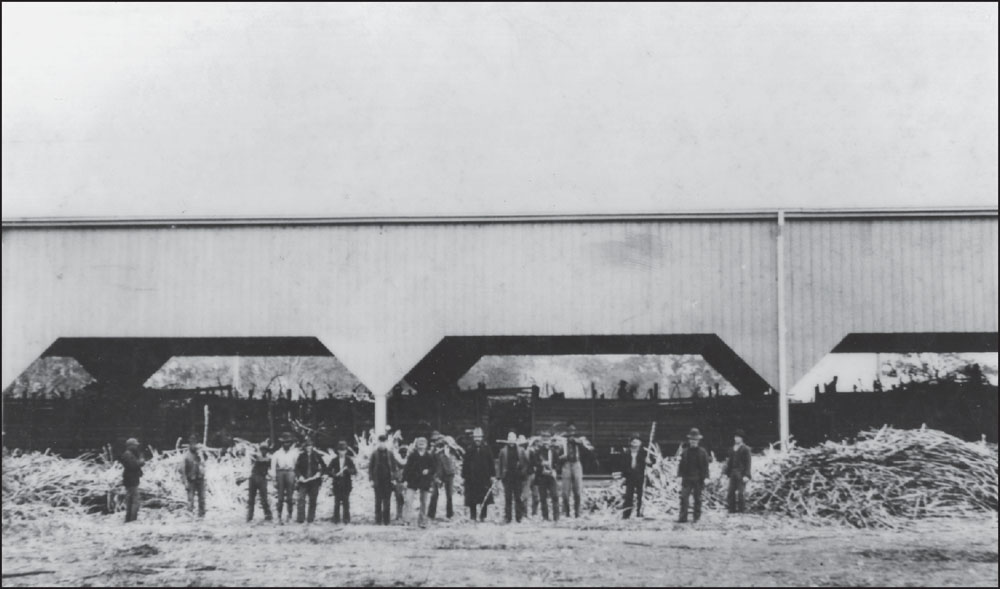
In 1889, Martial Billeaud, a prominent local sugarcane planter, converted his horse-powered syrup mill into a steam-powered sugar factory. Following World War II, the sugar industry experienced extremely difficult times. By 1943, the ownership of the Billeaud interests were restructured as stockholders contributed their agricultural lands to form a new corporation—Billeaud Planters, Inc., the parent company to the Billeaud Sugar Factory. (City of Broussard archives.)
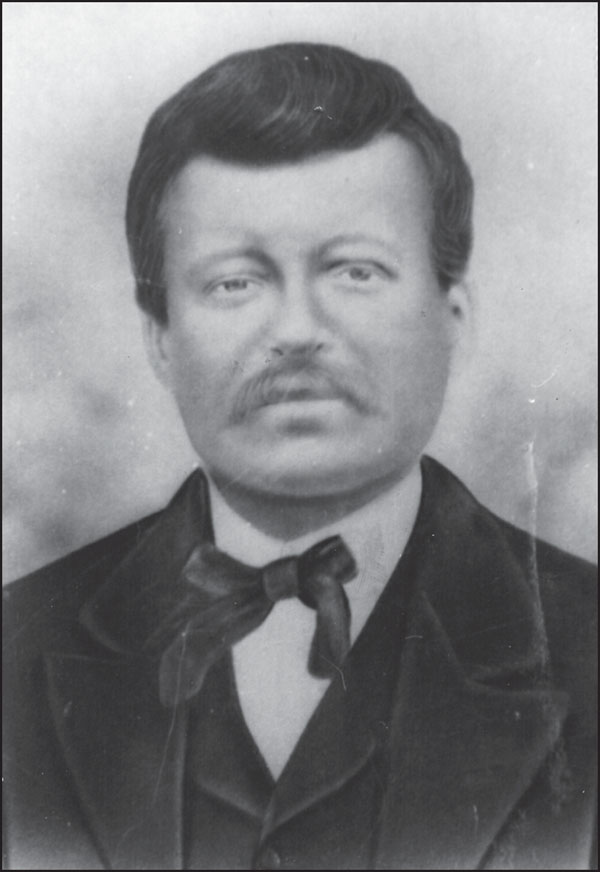
Pierre Jean Leon Billeaud, the progenitor of most of the Billaud, or Billeaud, families in Southwest Louisiana, was born in 1831 in Bourgneuf, France. He and his family arrived in Vermilionville in the 1840s. Billeaud became a prominent businessperson along with his brother Martial Billeaud Sr., owner of the Billeaud Sugar Factory. (Lafayette Parish Clerk of Court Louis J. Perret.)

Martial Billeaud Jr. built this home in 1893 on Morgan Street. It was, however, either renovated or rebuilt according to an inscription on one of the front posts that indicates it was erected by Perrodin Brothers of Rayne, Louisiana, and with the date June 13, 1917. Martial Jr. was a son of the founder of the Billeaud Sugar Factory, Inc. (City of Broussard archives.)
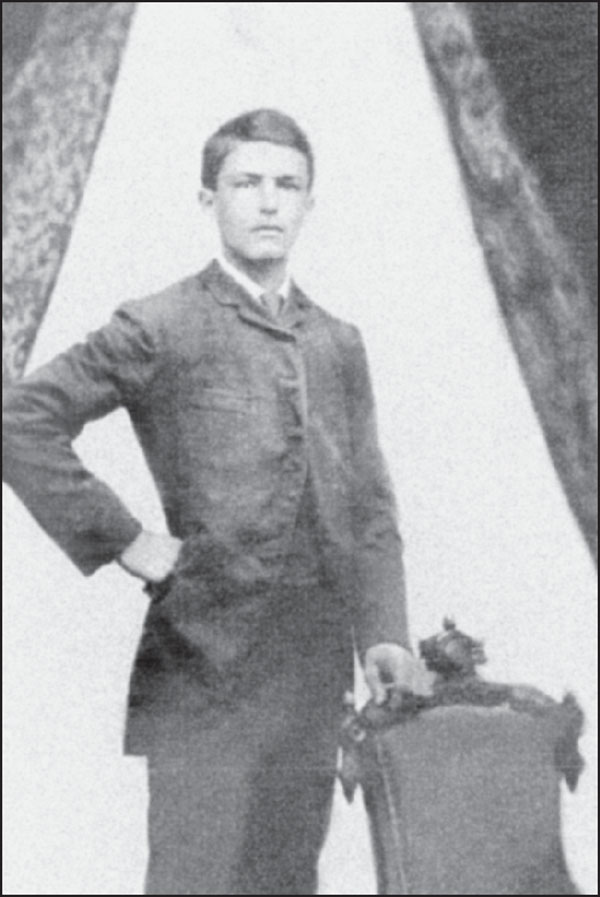
Andre Billeaud was the son of Alexandre Billeaud, one of three remaining siblings from the 12 children of Jean Billeaud that lived to carry on the Billeaud name. Andre wed Marie Amelie Comeaux, the daughter of prominent businessman Alphonse Comeaux and Eulalie Billeaud Comeaux. Andre and Marie had one son, Lionel Billeaud, born in October 1900. (City of Broussard archives.)
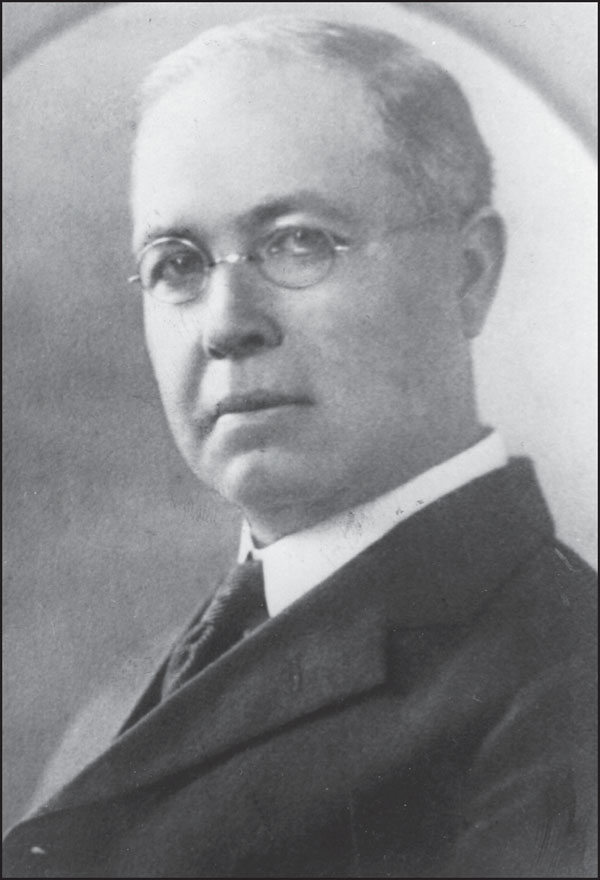
Broussard dates back to the 1870s, with its most conspicuous development taking place between approximately 1890 and 1910. Martial François Billeaud Jr., a well-respected landowner, born August 25, 1834, in Bourgneuf, France, arrived in the Unites States at the age of two. By age 16, he owned 1,300 acres of land and a large sugar mill. (City of Broussard archives.)

Several of the Billeaud Sugar Factory workers lived in small cabins. During the years following the Great Depression, sugarcane was rapidly gaining popularity over cotton, the main crop at that time, and many workers were needed for harvesting. (Author’s collection.)

Mary Thibeaux Gabriel was born to Broussard sharecropper parents who worked in the sugarcane, corn, and cotton fields in Broussard and Youngsville. Mary attended the St. Joseph Negro School, which was built on the grounds of Sacred Heart parish. The school stood there until 1953, when it moved to donated property in St. Joseph parish. (Author’s collection.)
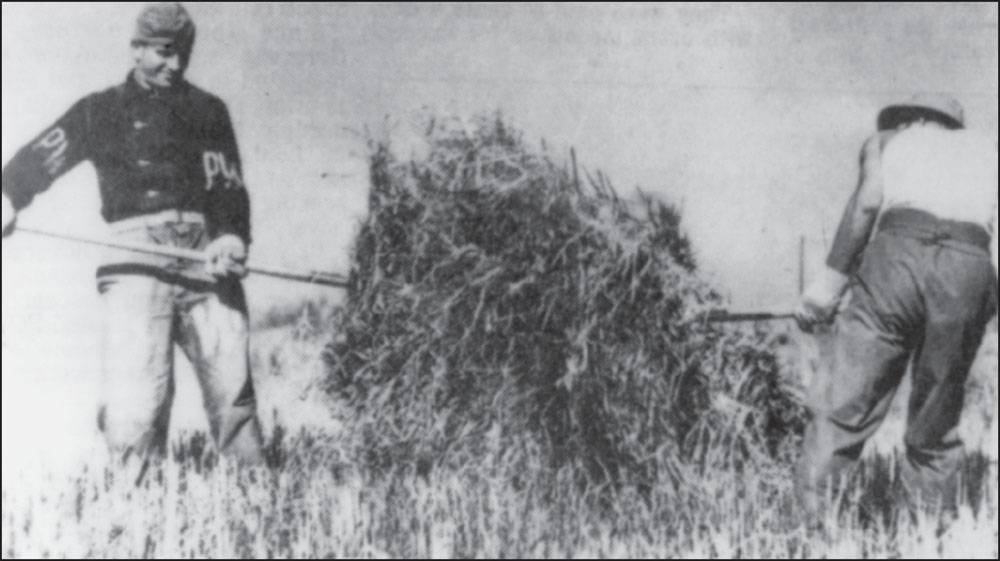
The Broussard and Youngsville area had German prisoners of war working in the fields harvesting cane and cotton and pitching hay, as evidenced by the man on the left with P-111 marking his status. (Lafayette Parish Clerk of Court Louis J. Perret.)
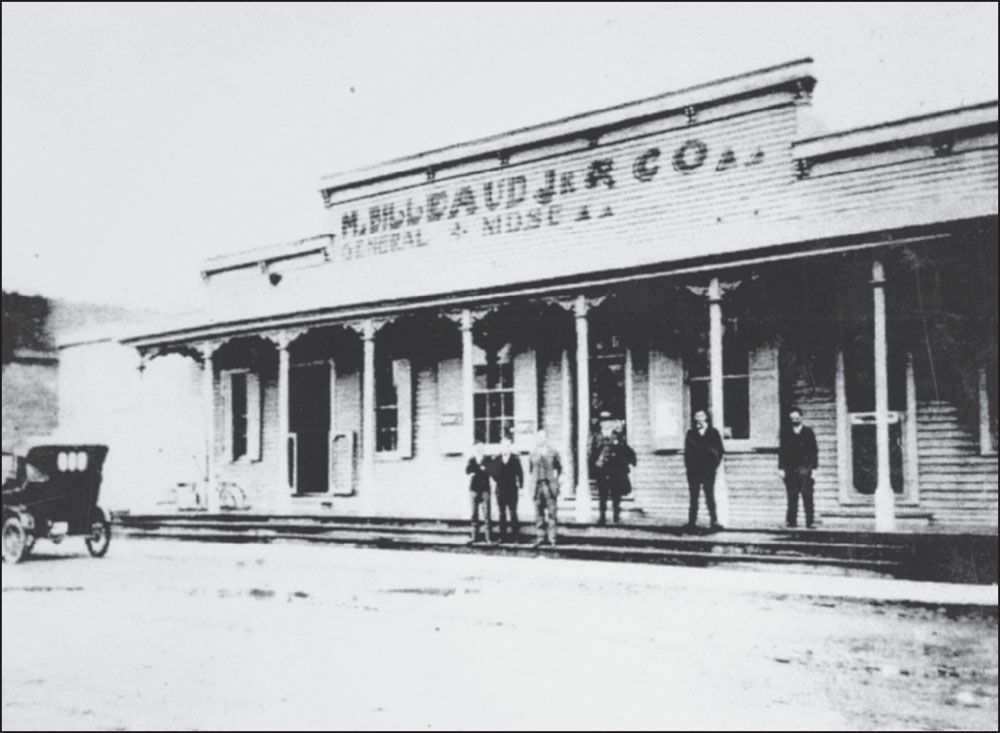
Martial Billeaud Jr. was the owner of Martial Billeaud Mercantile Store, one of five general stores supplying dry goods in the town square of Broussard during the late 1800s. It was a common sight to see townsfolk gathering to rehash politics of the day. (Billeaud Companies.)

In the 1800s, a cotton-oil manufactory, a small sugar mill, and several syrup mills flourished in the Côte Gelée area along with five general merchandising stores, a bank, and two hotels. The Billeaud Sugar Mill operated from 1893 to 1903 and served as inspiration for many artists’ works. Renowned pen-and-ink artist Frank T. Sierra, an adopted native of Southwest Louisiana, received numerous awards. Gov. David Treen recognized Sierra for his work on the Christopher Columbus quincentennial mural in St. Martinville in 1992. (Frank Sierra.)

In late 1878, Broussard was a successful service center for the agricultural community, which had long depended on the cotton industry. Suddenly, the boll weevil brought great losses to the cotton crops, and the cotton-oil mill burned down, cotton gins were abandoned, and the people immediately turned to the sugarcane industry. The workers pictured here in the early 1960s are picking cotton by hand, but larger farms used machinery. Cottonseed was pressed for oil in use as salad oils, mixed with beef fat for cooking products such as lard, and also combined with alkalis in making laundry soap. (Liz Girard.)

This rambling Victorian structure on West Main Street in Broussard was built by Charles L. Billeaud in 1907 as a family residence. Leona Gauthier Billeaud raised their nine children (on the porch) here. The larger front gallery is supported by Ionic columns indicative of a classical influence. The children liked to slide down the elaborate bannister inside the home even though they were probably scolded for doing so. (Charlotte Dyer.)

Pictured here is the Charles and Leona Gauthier Billeaud family hosting a formal Christmas dinner in 1940 surrounded by family and Sacred Heart Church’s parish priest Fr. P.G. John Kemps. Charles served for 47 years as the manager of Billeaud Sugar Mill. (Charlotte Dyer.)

In office from 1926 to 1928, Dr. William Johnston Youngue was the fourth of 11 mayors to serve the town of Broussard. Note his classical style of dress for the period—a starched shirt and high, rounded collar. (City of Broussard archives.)

At age 16, Yvonne Youngue (1925–2010) was an accomplished pianist. She was the daughter of Dr. W.J. Youngue and Goldie Youngue. Yvonne is shown entertaining guests during a Christmas party at the family residence of Charles Billeaud. The Billeaud home was built in 1907 and once served as the convent for Sisters of Divine Providence that staffed St. Cecilia School until 1974. (Charlotte Dyer.)

This unidentified young man is shown with a group of other elegantly dressed young professionals; a caption states he was a mayor, although nothing is known about the photograph’s origin. (City of Broussard archives.)
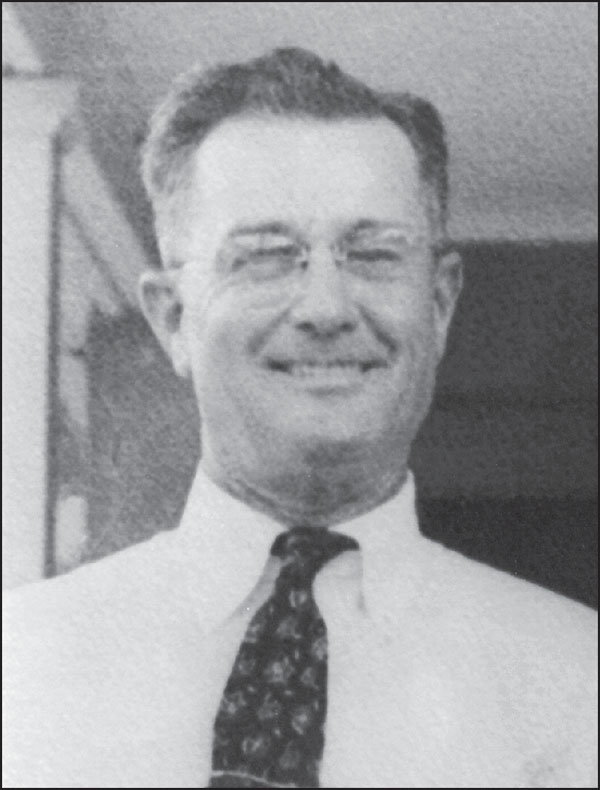
George E. Billeaud married Beatrice “Betsy” St. Julien Billeaud, one of J. Gustave St. Julien’s daughters; they raised six sons and one daughter. All of their sons and one son-in-law served their country, variously during World War II, the Korean War, and peacetime. Additionally, George served as mayor of Broussard from 1939 to 1946. (City of Broussard archives.)

George E. Billeaud (front row, third from right) is attending a business luncheon during his later years with a group of petit jurors in Lafayette. George’s grandfather Martial Billeaud owned several plantations near Broussard around the Bayou Tortue area and established the first sugar mill in 1872. (Lafayette Parish Clerk of Court Louis J. Perret.)
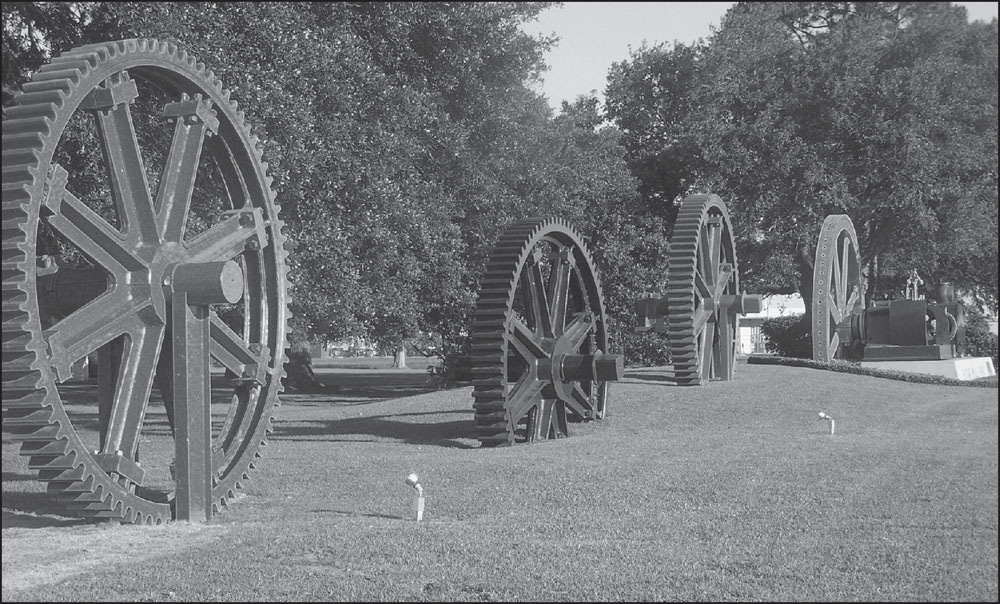
These four giant-sized gears painted red, blue, yellow, and green no longer turn but stand as testament at the corporate office, signaling to passerby on Highway 90 that it is a new day. Gone are the days of grinding cane to produce brown and white sugars and syrup. Billeaud Companies restructured following the mill closing and diversified into commercial real estate and land acquisitions. (Author’s collection.)
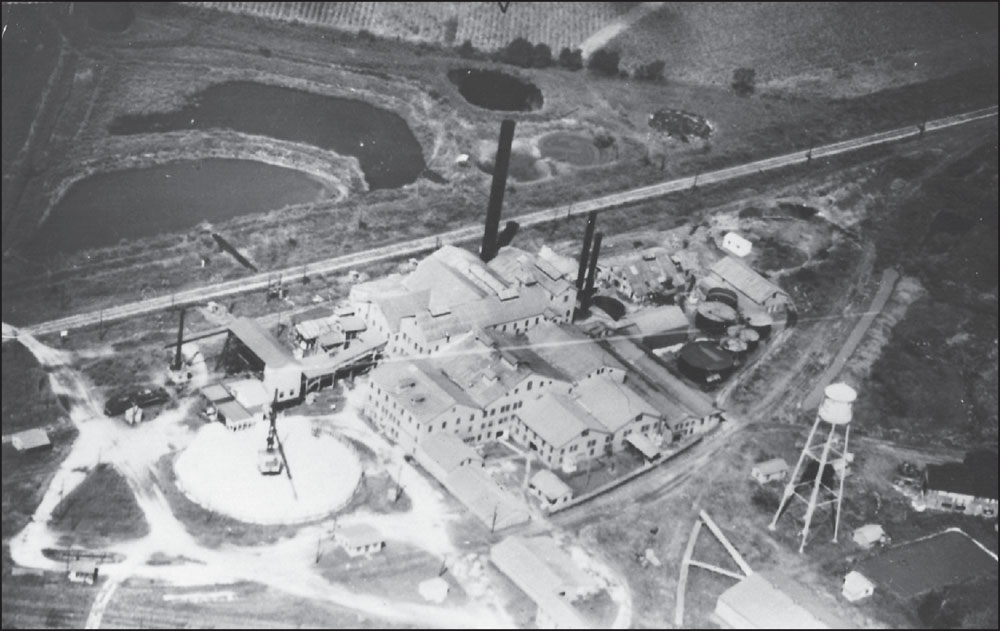
Billeaud Sugar Factory is seen in an aerial view looking down on Highway 90, which runs north-south through Broussard. The Billeauds were big contributors to the local economy, employing several hundred persons when the factory opened and affording farmers an avenue to market their crops. (Billeaud Companies.)
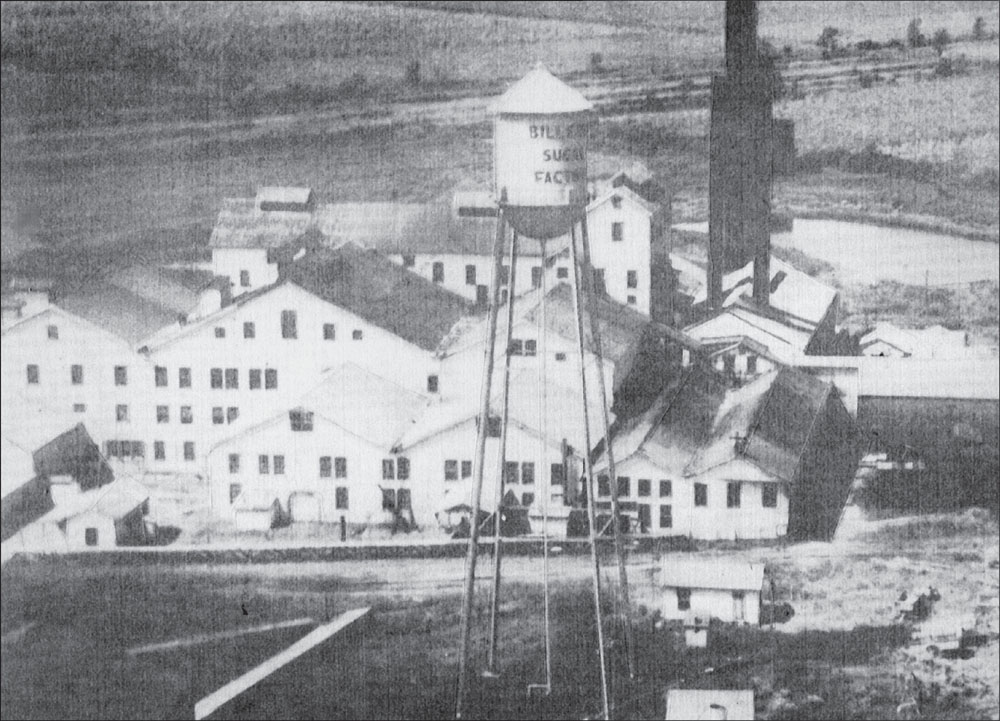
Following World War I, the sugar industry experienced difficult times. In 1943, the ownership of the Billeaud interests was again restructured as stockholders contributed their agricultural lands, forming a new corporation, Billeaud Planters, Inc., which later became the parent company of the Billeaud Sugar Factory. (City of Broussard archives.)

Paul Billeaud’s original family residence built in 1880 on St. Nazaire Road is shaded by stately 100-year-old oak and pine trees. Since the 1970s, it has served as corporate headquarters for the Billeaud Companies real estate development and property management of one million square feet of retail and warehouse storage space in the Broussard and Lafayette markets. (Billeaud Companies archives.)

Cecil Chatman (left) and Charles “Chuck” Billeaud look at several trash cans donated to Sacred Heart Church by the Broussard Jaycees. This civic organization’s goal was to help keep Broussard clean during the annual church fair that was held on the grounds of St. Cecilia School. A kick-off Poo-Yie party, school pageant, food, music, games, crafts, and raffles rounded out the typical Cajun good times. (Eula Bodin.)
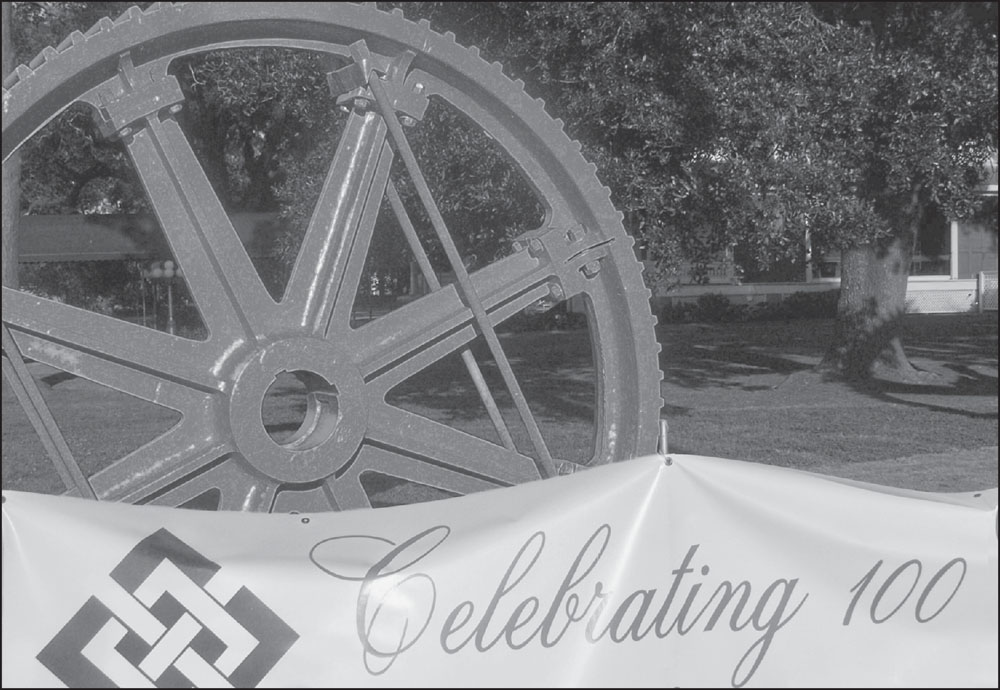
Chuck Billeaud, the Billeaud Company’s chairman of the board, organized a big party at its corporate headquarters to celebrate the company’s 100th anniversary on May 10, 2014. The banner advertising the celebration could be seen by passersby on Highway 90 tethered to a large yellow gear, a remnant from the old mill. (Author’s collection.)

Herbert Billeaud served in the US Navy. He was noted for building the Alesia House in 1910 on North Morgan Avenue for his wife, Alice. The construction took five years to complete, as the cypress had to be cured in place while the home was being built. (City of Broussard archives.)

Generations of Billeaud/Billaud family members, who originated from Bourgneuf, France, are buried in this ornate tomb in the center of the Sacred Heart Church cemetery. A lovely angel stands atop the tomb, with its facade of multihued marble, surrounded by an iron fence painted silver. (Author’s collection.)

Eugene Soulier purchased the Alesia House, located at 110 North Morgan Avenue, during the 1940s and lived there until 1959. The home was built by Herbert Billeaud for his wife, Alice, (for whom it was named) during the early 1900s. Attorney Walter J. Rippas’s law office is the present-day occupant of the structure, which has a reputation for being haunted. A specter nicknamed “Mr. Water” has been known to splash water over the lavatory and mirror in a seldom-used bathroom. (City of Broussard archives.)


























